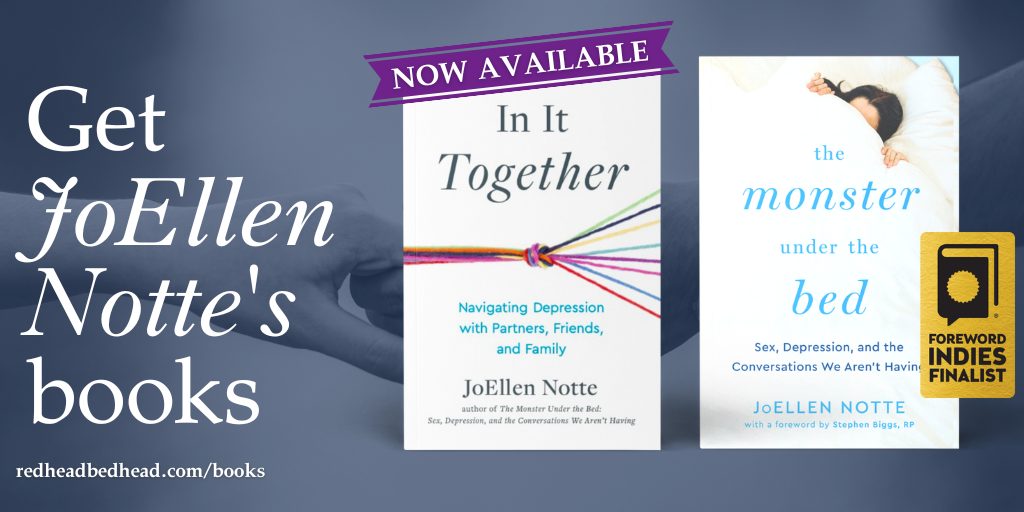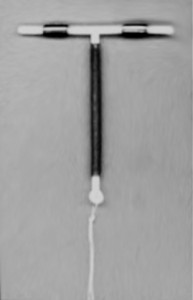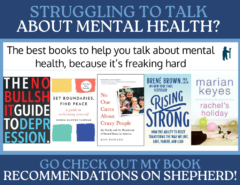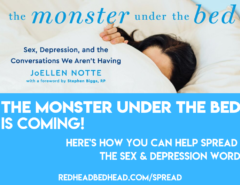On July 1st 2011 after years of changing prescriptions, screwed up refills and weird emotional side-effects I bid the world of hormonal birth control adieu and rolled out my uterine welcome mat for a hormone-free copper IUD -or, as I call my little T-shaped friend, “Coppy”. I can say without hesitation that it has been the best decision of my reproductive life. I love, love, LOVE my IUD!
thehairpin.com
I first considered an IUD in 2008 when, after a refill snafu, I noticed that the lethargy and low libido I had generally just accepted as “how I am” went away when I went off the Nuva Ring. So, why didn’t I take the plunge until 2011? Despite its convenience, safety and failure rate of less than 1%¹, in America the IUD has a hard time getting love. While I was lucky enough to have an informed open-minded doctor who told me my options without any slant, geek that I am I went hunting for more information. Apparently, this was a bad idea. I talked to friends who were wary to say the least. I turned to my insurance company who said…well, pretty much nothing- I spent an hour on the phone being passed around to people who kept telling me that they had no idea what the thing I was referencing even was. And then there was the internet which, was teeming with outdated information (“IUDs hurt many, many women!!”- Well, yes, specific ones that no longer exist hurt many women in the 70s), myths and misconceptions (“you must have had a baby already”-Just not true) and first person tales of horror (“A horrible complication [or pregnancy] happened to me after I got an IUD thus they are horrible and I must let you all know the truth!!”-Nothing is for everybody and any method has bad stories – the internet is where people with bad stories go to yell…graphically.) The thing is I didn’t know the stuff in parentheses back then. It took me three years to learn about Dalkon Sheilds², effectiveness rates and what the word “nulliparous³” means. Even now, when I think back to the things I read then it amazes me that I ever came around.
This is why we’re here today – I don’t want any of you digging through the internet aimlessly (and I tend to veer into glowing IUD hyperbole, which is nice of me, but not so much helpful) so I’ve rounded up some of my favorite sources of IUD ed for your reading, listening and even communicating pleasure!
“Here’s a secret you may not know about doctors: female doctors use IUDs 2-5 times more often than women who aren’t doctors. Maybe it’s because doctors know the intrauterine device (IUD) is safe, low-maintenance, and super-effective.”-Sara Kennedy, MD, MPH Bedsider.org
First let’s just get an overview so we can all know what the deal is with our little T shaped friends: IUDs, or A Detailed Guide to Long-Term Sperm Scarecrows by Lola Mc. This is so very awesome – it is the piece that gave us the badass quote featured above. It is the most thorough, honest and accessible look at IUDs I’ve ever seen. Also, it manages to be amusing as hell! Of particular note, there’s an explanation of how to ask your insurance company if they cover IUDs and their insertion/removal – I know I could have used that!
Next, there are two kinds of IUDs that are widely available in the US, ParaGard and Mirena so let’s get a handle on how to choose the right one for you:ParaGard dukes it out with Mirena: Which IUD is best for you?
by Sara Kennedy, MD, MPH. Brought to you by our friends at Bedsider.org (who btw, have a bunch of great IUD info on their site-love them!!) This piece tells you a bit about each and a bit about insertion too. One quibble, the article states that having an IUD placed feels “like having a pap smear” yeah, no even I, lover of all things IUD will tell you just, no… leading us to:Frank talk about insertion: IUDs of Independence Sex Nerd Sandra (if you aren’t listening to her podcast, start doing so ASAP) discusses her own insertion and its aftermath. Be forewarned, her experience was unpleasant to say the least and is just one example of how insertions can be, mine was far less extreme. Also on hand is Nurse practitioner Rae Jean Blaschka who shares a ton of invaluable information.
Finally, if you just want to know how this goes down for other folks who have IUDs I recommend the IUD Divas! This is a live journal community of people who have or have had IUDs and are willing to talk about their experiences. There is a lot of support for people heading to insertions a lot of success stories and some rational, not fear-mongering stories of things that have gone wrong. The upshot is, for me, this group took IUDs from a scary unknown to a totally doable medically procedure that put me in charge of my reproductive choices.
That’s what I’ve got folks! Remember none of this is intended to (or really ever could) take the place of a doctor’s guidance but I hope that you come away from today with a better understanding of Coppy and her friends!
¹Amy Norton “Women overestimate effectiveness of Pill, condoms” Reuters Health Apr 27, 2012
²This is the IUD that gives IUDs a bad name in America. By all accounts it was a dangerous product and hurt many people. Also it looks weirdly like a spaceship. For more of the story read this: Contraceptive Comeback: The Maligned IUD Gets a Second Chance By Jennifer Couzin-Frankel Wired August 2011
³Nulliparous is an adjective used to describe a woman who has not given birth. The noun form is nullipara. For a long time it was believed (and some doctors will still tell you) that a nulliparous woman cannot get an IUD, that’s just plain incorrect.








